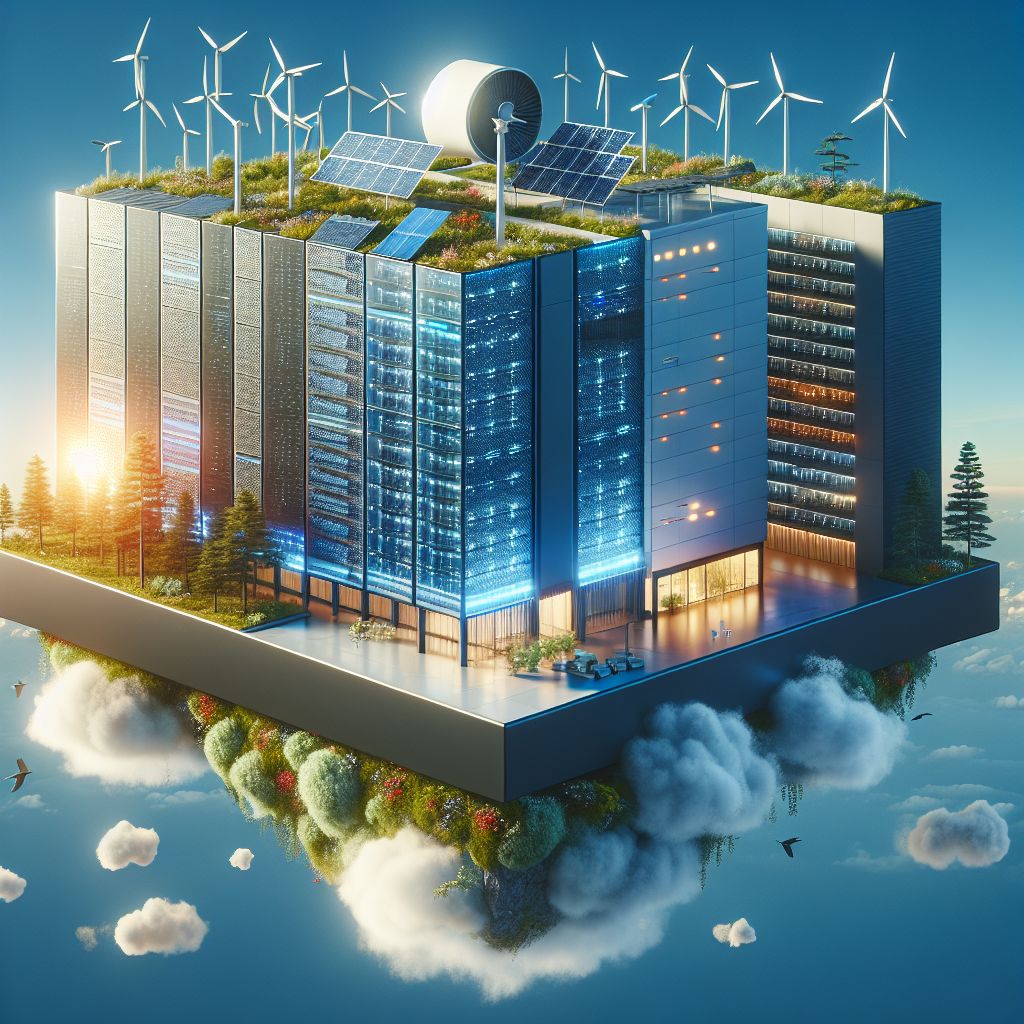Data centers are the backbone of the digital world, housing the servers and infrastructure that power our online activities. As the demand for data storage and processing continues to grow exponentially, it is crucial to find innovative ways to design data centers that are sustainable and energy-efficient.
In recent years, there have been significant advancements in data center design that focus on maximizing sustainability. These innovations not only reduce the environmental impact of data centers but also help companies save on energy costs and improve overall efficiency.
One key innovation in data center design is the use of renewable energy sources. Many data centers are now incorporating solar panels, wind turbines, and geothermal systems to generate clean and sustainable energy. By harnessing renewable energy sources, data centers can significantly reduce their carbon footprint and reliance on traditional fossil fuels.
Another important trend in data center design is the use of energy-efficient cooling systems. Traditional data centers require large amounts of energy to keep servers cool, leading to high electricity bills and environmental impact. To address this issue, companies are now investing in innovative cooling technologies such as liquid cooling, free cooling, and advanced airflow management systems. These technologies help reduce energy consumption and improve the overall sustainability of data centers.
Furthermore, data centers are increasingly focusing on optimizing space utilization and server efficiency. By implementing virtualization and consolidation techniques, companies can reduce the number of physical servers needed, leading to lower energy consumption and reduced carbon emissions. Additionally, the use of high-density server racks and efficient server designs can further maximize space utilization and energy efficiency.
Innovations in data center design also include the implementation of smart monitoring and management systems. These systems utilize advanced sensors and analytics to track energy consumption, temperature levels, and overall performance in real-time. By monitoring and optimizing these factors, companies can identify areas for improvement and make data centers more sustainable and efficient.
Overall, the push for sustainability in data center design is driving significant innovation in the industry. By incorporating renewable energy sources, energy-efficient cooling systems, space optimization techniques, and smart monitoring systems, companies can reduce their environmental impact and improve the overall sustainability of data centers. As the demand for data storage continues to grow, it is essential for companies to prioritize sustainability and embrace these innovative design practices for a greener future.


Leave a Reply